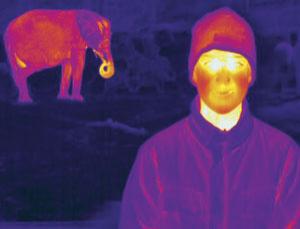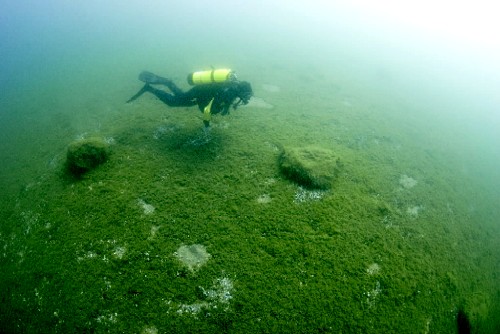
© Ted Kinsman / Photolibrary.comCouldn't the food that warm-blooded animals burn to stay toasty be put to better use?
If you stopped eating today, you wouldn't survive more than two months. A crocodile, on the other hand, might live for a year or more. Why the difference? You waste most of the food you eat generating heat.
The evolution of warm-bloodedness, or endothermy, is one of life's great mysteries. Sure, there are some advantages - staying active in the cold, keeping young cosy and warm, and avoiding having to go out into the open to soak up heat from the sun.
The thing is, you could get much the same advantages by turning up the heat only when and where in the body it is needed, as many animals do. So why do most birds and mammals keep the furnaces burning 24/7? Staying warm - which for birds means 40 °C on average - comes at a price. Some warm-blooded animals have to eat as much in one day as similarly sized reptiles do in a month, a dangerous and time-consuming strategy.


